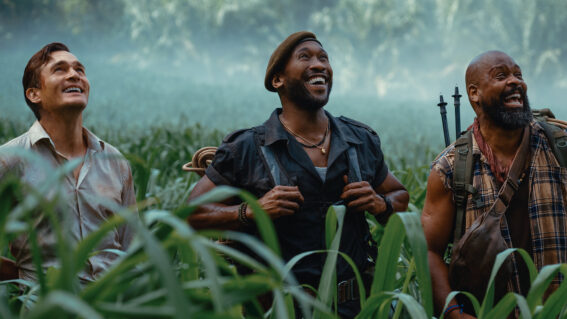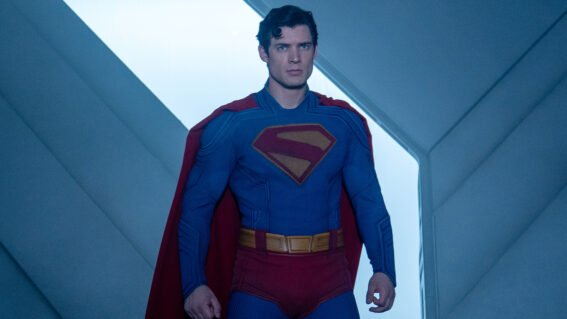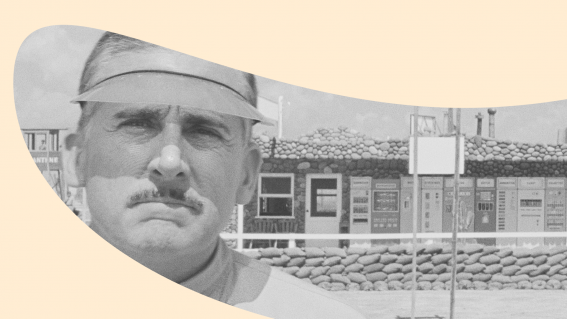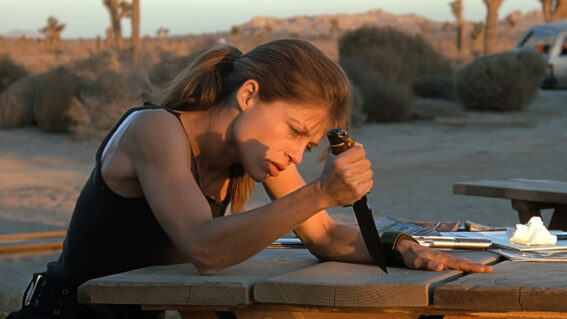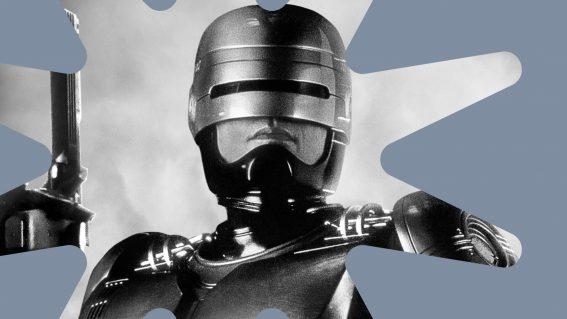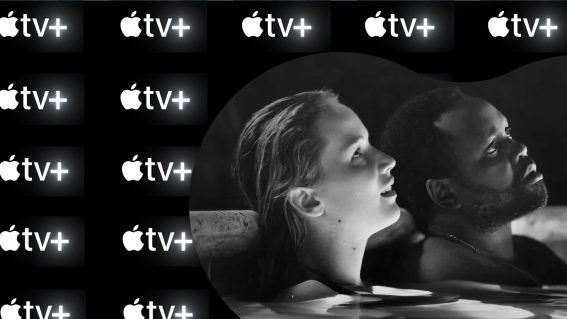The very best director’s cuts and extended editions
Zack Snyder is hardly the first director to restore their original vision.

Zack Snyder’s Justice League aka the “Snyder Cut” isn’t the first time a director has restored a compromised film to its original vision. Critic Travis Johnson recaps the best director’s cuts of all time.
After years of fan activism dripping in hashtags, Zack Snyder’s Justice League has finally arrived, restoring something resembling Snyder’s original vision of his botched and maligned Justice League. In all its four-freakin’-hours-long glory.
See also:
* All new streaming movies & series
* Movies now playing in cinemas
This is pretty big news for the cape crew, but it’s not the first time a director has had the opportunity to revisit and reshape their film. Heck, it’s not even the first time a superhero film has gotten the treatment (see Superman II: The Richard Donner Cut) or even a Snyder flick (Watchmen got two extended cuts!).
There’s a rich history of directors—and sometimes producers and studios—tinkering with already released films. Sometimes to good effect, sometimes for ill. Here we’ll focus on the good, the below titles marking the very best directors cuts and extended editions around the traps.

Blade Runner: The Final Cut (1982/2007)
The movie: Harrison Ford’s depressed detective hunts Rutger Hauer’s gang of rebel replicants through the most impressive science fiction urban dystopia ever created.
The cut: Yes, you may own the box set with five different versions of Ridley Scott’s seminal cyberpunk flick, but there are in fact seven different known cuts of the film that actual human audiences have seen, plus a rumoured early cut only shown to studio personnel. For the non-obsessive, however, the 2007 Final Cut is the one you want, as it’s the only version Scott had complete control over (he did not supervise the 1992 Director’s Cut, which makes the subtitle a bit of a bait-and-switch).
The Final Cut jettisons the original version’s voice-over narration and corrects some continuity errors and plot holes with editing and CGI, tightening and polishing what was already a landmark sci-fi film and making it a nigh-perfect piece of cinema.
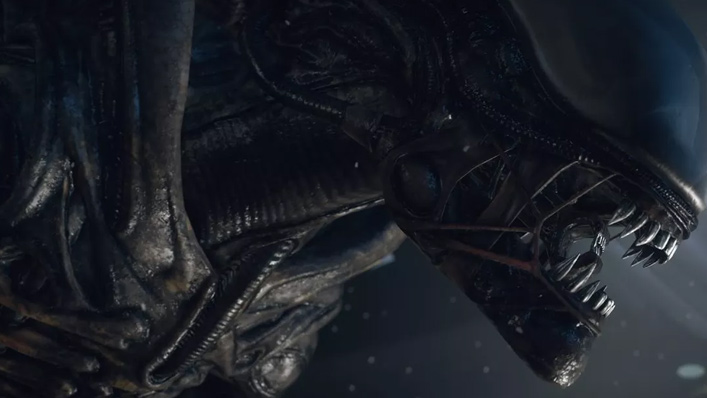
Aliens: The Director’s Cut (1986/1991)
The movie: Sigourney Weaver’s doughty Ellen Ripley returns to the planet from whence the alien came in the last movie, this time with a small army of space marines in tow. As the title suggests, the threat is multiplied, as are the maternal themes.
The cut: Let this stand in for not only all Alien franchise extended cuts, but also all James Cameron extended cuts (the Alien 3 Assembly Cut is worth your time, as is Jim’s preferred version of The Abyss). First released on laserdisc back in the day, this version of Aliens adds 20 minutes, including the colonists discovering the derelict extraterrestrial spacecraft, Ripley learning that her daughter died while she was away, and the tension-building “sentry gun” scene.
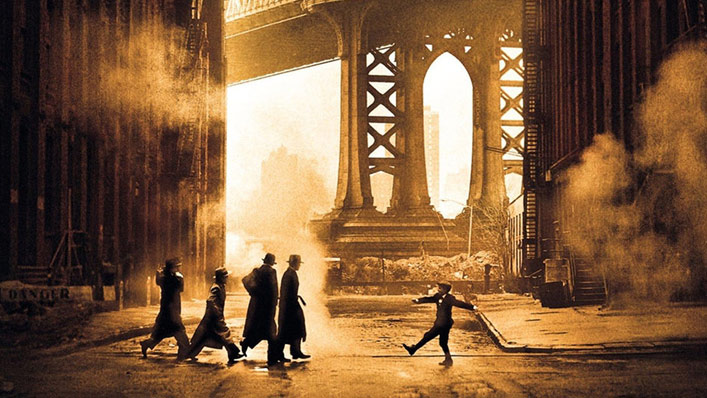
Once Upon a Time in America: The Extended Director’s Cut (1984/2012)
The movie: Through a haze of opium smoke, Robert De Niro’s ageing Jewish gangster reflects on his life growing up in New York City, his childhood friends, and all the people they killed and the crimes they committed. Co-starring James Woods, Elizabeth McGovern, Joe Pesci and Treat Williams, Sergio Leone’s final film is an epic gangster saga that rivals—and arguably eclipses—The Godfather.
The cut: A film that has been through almost as many cuts as Blade Runner, Once Upon a Time in America was first released in the U.S. in 1984 in a horribly truncated, 139 minute version that ditched Leone’s mixed-up chronology and with it much of the movie’s emotional impact.
Although Leone’s original version reportedly clocked in at 269 minutes, the best available cut is the 2012 version, which runs for 251 minutes. Martin Scorsese is reportedly currently helping to source the final missing scenes for an eventual authoritative version.

Brazil (1985)
The movie: Jonathan Pryce’s put-upon everyman struggles to find his own destiny in a nightmarish bureaucratic future imagined by master visualist Terry Gilliam. Baroque, dreamlike, beautiful, and quite depressing when you think about it.
The cut: Which is why Universal President Sid Sheinberg had Gilliam’s original 142 minute cut edited down to a more palatable 94 minute version, dubbed the “Love Conquers All” cut, for American audiences (jaded Europeans got Gilliam’s downbeat original vision).
This so incensed Gilliam that he took out a full page ad in Variety decrying the studio’s actions. That—combined with critical acclaim following an underground screening of Brazil for LA reviewers—has ensured that Gilliam’s version is now the dominant cut, with Sheinberg’s ostensibly more commercial cut often included as a bonus feature on disc releases.

The Wild Bunch (1969/1995)
The movie: In the early days of the 20th century, William Holden and his band of ageing Old West desperadoes head down to Mexico, where men can still be men. As a result, they all die. Sam Peckinpah’s finest film is stunningly violent even by today’s standards, featuring one of the best gunfights of all time and an elegiac, thoughtful tone that elevates perversity to poetry.
The cut: For years, only a truncated version of The Wild Bunch was available on home release, with some 10 minutes of character material excised so American exhibitors could squeeze in more screenings per day. As of 1995, Peckinpah’s original version is the standard edition.
Each version is equally violent, but the director’s cut goes to greater lengths to explain why all these sweaty men, including Ernest Borgnine, Warren Oates and Ben Johnson, are shooting at each other. The restored version of Peckinpah’s other masterpiece, Pat Garrett and Billy the Kid, is also essential viewing.

The Lord of the Rings Extended Editions (2001-2003/2002-2004)
The movie(s): Peter Jackson’s epic staging of J.R.R. Tolkien’s none-more-influential fantasy classic sees various hobbits, men, and the odd elf and dwarf come together in an attempt to destroy literature’s greatest McGuffin and defeat the evil lord Sauron. Probably the best fantasy movies ever made.
The cut: And now the longest. Just now out in 4K, the Extended Editions add miles of new scenes to each film—128 minutes all up—which certainly adds depth to the world-building, but at the cost of pacing. Jackson still didn’t include bloody Tom Bombadil, though, which indicates that even for obsessives that character is a complete dud.
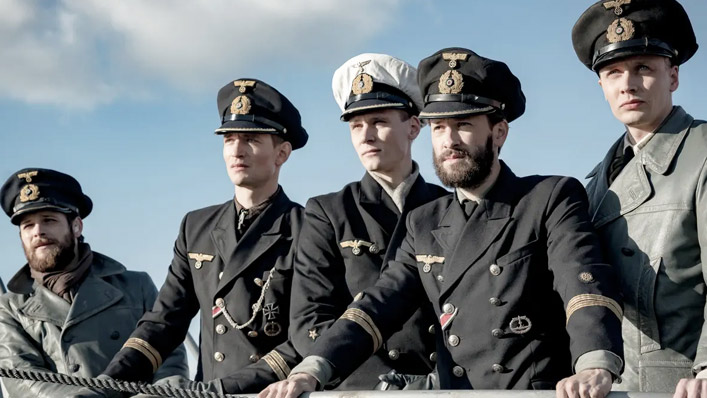
Das Boot (1981/1997/2004)
The movie: Jurgen Prochnow captains a German submarine in Wolfgang Petersen’s insanely tense drama, widely regarded as one of the best war movies ever made.
The cut: Where to begin? Das Boot (aka The Boat) was released theatrically at 149 minutes back in the day, but also as a TV miniseries of six 50 minute episodes (300 minutes total). The director’s cut, released in 1997 and the most widely available version, runs at 208 minutes, while the 2004 “original uncut version” runs at 293 minutes. It’s the TV version minus the recaps that start each episode.
For Das Boot, the length is the point: you get long stretches of boredom in a cramped U-Boat, punctured by moments of stark gibbering terror when combat actually happens. Texturally, the long stretches add to the tension, so for the full experience grab the longest cut you can find.
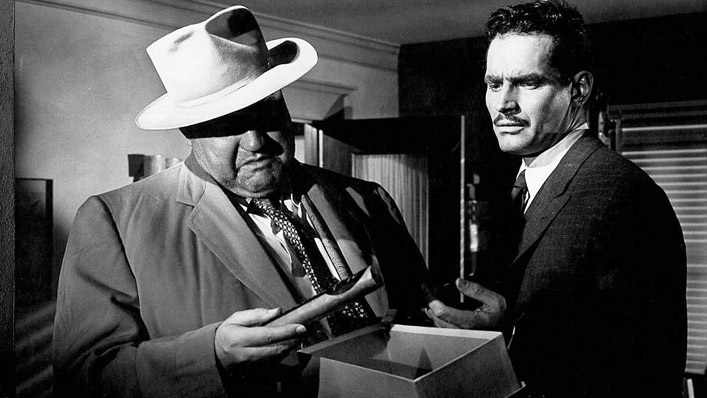
Touch of Evil (1958/1998)
The movie: Charlton Heston’s Mexican cop (yes, the brownface is pretty yikes) takes on Orson Welles’ corrupt American plod in this simmer borderland thriller commonly regarded as one of the best flicks film noir has to offer.
The cut: Welles, who also directed, was pretty much shut out of the editing room by Universal. In response to the cut he was eventually shown, Welles issued a 58 page memo outlining changes who felt necessary to realise his vision. This was ignored.
However, four decades later editing legend Walter Murch (Apocalypse Now), using Welles’ notes and working from a 108 minute print discovered in Universal’s archives, rejigged Touch of Evil, resulting in the 1998 release of what is now considered the definitive version.
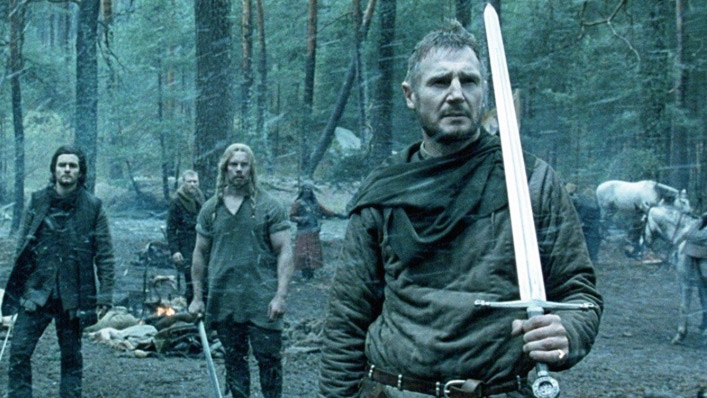
Kingdom of Heaven Extended Director’s Cut (2005)
The movie: Orlando Bloom’s bereaved engineer hies off to the Holy Land, just prior to the Third Crusade. It isn’t long before he finds himself stuck between warmongering Templars and embittered Saracens, fighting to preserve the King of Jerusalem’s (Edward Norton) dream of peace. Another suitably epic historical romp from director Ridley Scott, with an amazing cast including Eva Green, Liam Neeson, Jeremy Irons and David Thewlis.
The cut: Released almost immediately following soft audience and critical reactions to the original cut, Sir Ridley’s preferred version adds in ingredients like character, motivation and context to give all the spectacle and raging medieval battles some kind of meaning. It works a treat. While the original release is a three star affair at best, the 194 minute extended version of Kingdom of Heaven is a genuinely great film, making this the biggest improvement on the list.
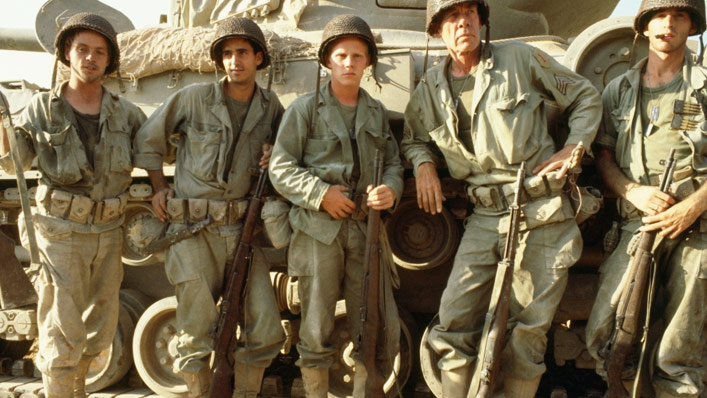
The Big Red One: The Reconstruction (1980/2004)
The movie: Lee Marvin’s salty WWI veteran leads a green squad of US soldiers (including Mark Hamill and Robert Carradine) through World War II, from North Africa to Italy, the Normandy Invasion, the liberation of France and the discovery of the Nazi concentration camps. Director Sam Fuller based the film on his own experiences and remains the only Normandy veteran to make feature film about D-Day.
The cut: We may never see the original four hour cut Fuller handed in, but critic Richard Schickel and director Peter Bogdanovich oversaw the creation of the “Reconstruction” of The Big Red One, which used footage pulled from a Warner Brothers vault and Fuller’s own notes to pull together something closer to the director’s original idea for the film. The resulting version is an incredibly personal vision of war that makes up for its obvious low budget with an unblinking sense of emotional veracity.





